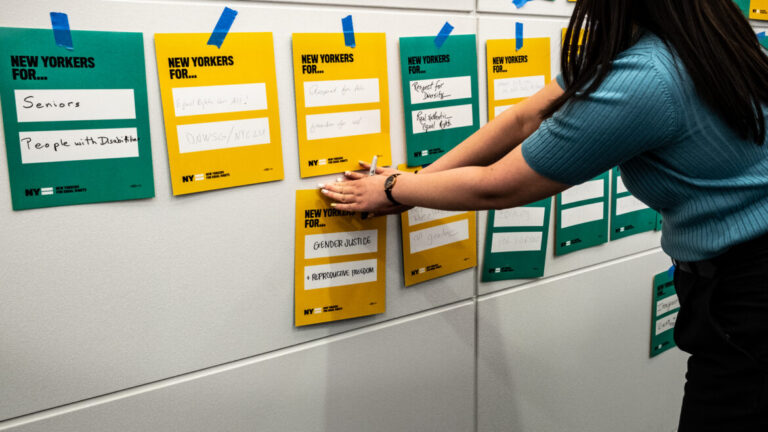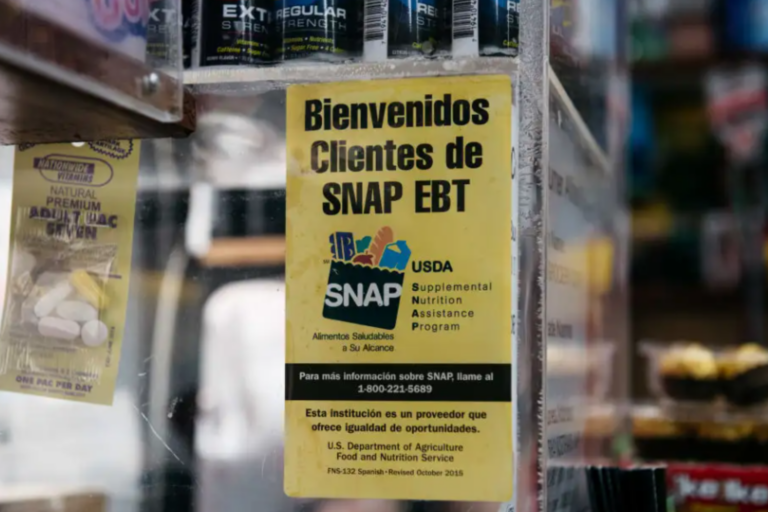By Aarthi Swaminatha
Yahoo Finance
Annette Gunn, 51, who works at a nonprofit in New Jersey, told Yahoo Finance that she hasn’t deliberately paid a single dime on her $60,000 in student loans since graduating from Southern Wesleyan University in 1997.
Instead, she’s been in limbo — in the form of forbearance and deferments — due to various financial and bureaucratic issues over time. She now owes more than $100,000.
Gunn shared student loan and school records with Yahoo Finance to corroborate her claims. Her student loan servicer, Navient, declined to comment on her case, citing privacy.
Her story is a cautionary tale related to an increasingly problematic system.
‘There are many borrowers who are in forbearance’
The Consumer Financial Protection Bureau (CFPB) recently called out student loan servicer Navient for allegedly pushing borrowers into forbearance instead of income-based repayment, adding billions of dollars in interest on top of their existing loans.
This practice is fairly common, Shanna Tallarico, a consumer lawyer with the New York Legal Assistance Group, told Yahoo Finance.
“From my experience, there are many borrowers who are in forbearance because they can’t afford the payments on their loans under standard repayment plan,” she said. “It doesn’t even seem that from what people told me that they were presented with these options.”
Tallarico stressed that “there are so many people I’ve helped over the years who have been in forbearance when they could have been in repayment on an income-based plan that’s sensitive to their income.”
Yahoo Finance reported on a 2010 memo from an executive at Sallie Mae, Navient’s former parent company, who stated: “Our battle cry remains ‘forbear them, forbear them, make them relinquish the ball,’ Said another way, we are very liberal with the use of forbearance once it is determined that a borrower cannot pay cash or utilize other entitlement programs.”
‘Their answer was defer, defer, defer’
Gunn’s situation is an extreme example of what can happen within the U.S. student loan system of forbearance and deferment.
“I wasn’t one of those that went to high school and went away to college,” Gunn told Yahoo Finance. “I graduated high school, went right to work in Manhattan, moved to South Carolina, got a job, and started climbing that corporate ladder. But back in the ‘90s, they said: ‘Well, you can’t really go any further without a degree.’ So I said okay, let me go enroll in school… I liked the program because it was an adult program.”
It wasn’t a full-time course that she enrolled into: It was one night a week for four hours, and a study group a week, for four years, which counted towards a bachelor’s degree. Gunn said she received a Bachelor’s of Science in Business Administration.
When she graduated, the amount of loans she had taken out was around $60,000, Gunn estimated. And since she had just graduated, she said she was only making $20,000 a year, which led her to decide to go on deferment.
“And then I got the bill in the mail — I’m like oh my gosh this is like so much money to pay,” she recounted. “So I went on deferment again.”
Over the years, she has been in contact with Navient, she added, trying to fix the situation.
“And anytime I want to know what can you do to help me make these payments… [they say] I will just put you on deferment,” she said. “Then when the deferment ran out, and I called and asked, ‘OK what can I do to get these payments, and I cannot afford $400 a month.’ She’s like, ‘Oh well you don’t have any deferment left but you can put you on forbearance.’”
The process repeated itself every few years “because every time I called to try to get help, making payment, their answer was, we’ll just put you on deferment or forbearance,” she said

‘I’m kind of like between a rock and a hard place’
When asked why she didn’t go into an income-based repayment plan, Gunn said that she simply couldn’t afford it. Since she works at a nonprofit now, she thought she’d be able to qualify for public service loan forgiveness (PSLF), but they asked her to first get on an income-based repayment plan.
For a borrower to get on an income-driven plan, they first need to apply through the education department, which requires some documents to verify their income. Their income needs to be validated annually. It became broadly available in 2009. But Gunn said that it wasn’t presented as a feasible option.
“I graduated a long time ago. I didn’t know that the interest keeps accruing and compounds daily. It would have been nice to have been filled in on that aspect…. Nobody told me what the issues are. Their answer was defer, defer, defer,” she said.
If she goes on the plan now, the monthly repayment amount is likely to be high — more than $500.
“I can’t afford that,” Gunn said. “My husband’s retired. I am the sole breadwinner. … I live in New York. … I pay a lot of taxes. … I don’t know where I’m getting an extra $600.”
She added: “I’m kind of like between a rock and a hard place. I can’t afford to pay that. But I know I have to pay it back, but I don’t know what to do. I just don’t have the answer… I keep praying I’m going to win the lottery but that does not seem to be happening.”
Gunn noted that she wasn’t just responsible for the principal, but all the interest as well.
“I feel like I feel like it’s unfair that I’m paying double what it cost me to go to school because of interest, because I wasn’t informed,” she said. “I know stupidity is not a defense, I get that. I should have paid more attention. You know what I mean. And I just think it’s absurd…. It makes zero sense… It sucks. It just really sucks.”
‘We can’t negotiate with you’
In response to this story, Navient’s Paul Hartwick told Yahoo Finance that they weren’t able to discuss specific borrower information, though the company did acknowledge how burdensome the system had become.
“Navient supports the investment students make in college by helping them navigate an overly complex federal program created by Congress,” Hartwick told Yahoo Finance. “And despite a maze of obstacles for borrowers, we have led the way with increased enrollment in affordable payment plans and helped millions of Americans pay off their loans. We encourage borrowers who have financial challenges to respond to our outreach or contact us to learn about repayment options.”
Unfortunately, Gunn’s story is not unique. Former FSA COO Wayne Johnson, who recently resigned from the Department of Education, recounted an episode where a man had flown in from Utah to meet with him.
“So I said, tell me your story,” Johnson told the man.
The man told Johnson that both he and his wife consolidated their student loans — $40,000 worth — “a number of years ago,” but with forbearance and deferments, “this is now at $120,000.”
According to Johnson, the man added: “I just don’t think it’s fair that I should pay $120,000.”
But Johnson noted that because the man had been going through cycles of deferments forbearances, “he had never been in delinquency and never been in default in our system.”
“So the answer is: We can’t negotiate with you,” Johnson said, referring to the Department of Education. “The only way you can negotiate with somebody is if they are in a default situation.”
Tallarico, the consumer lawyer, lamented that situations like these could theoretically be avoided.
“It’s just sad because you know that people could have been in repayment and they’re not,” she said. “They say … ‘I couldn’t afford my payments and they put me in forbearance.’ And I said, ‘Well you know you could have had like zero … dollar month payments and still been in repayment.’”
Originally published in Yahoo Finance on November 19, 2019









